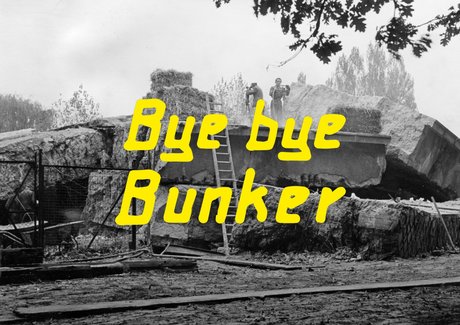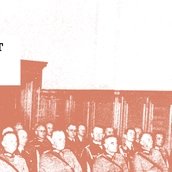
Around 70 air-raid shelters were built in the Berlin district of Spandau starting in 1941 to protect the population from increasing Allied air raids. These facilities were part of Adolf Hitler's comprehensive air-raid program for Berlin.
After the Second World War, the bunkers were considered military installations under the Potsdam Agreement and were to be destroyed as part of the demilitarization program. In July 1946, the Allied Command decided to completely dismantle all military installations in Berlin. In Spandau, the British occupation forces began demolishing the first bunker in April 1947.
Some of these structures continued to be used temporarily in the postwar years—for example, as storage space—but most of the bunkers were demolished by the mid-1950s as part of the Berlin Emergency Program with the support of the Marshall Plan. The last Spandau high-rise bunker disappeared in 1997 with the demolition of the building on Földerichstrasse. Today, there is hardly anything left in the cityscape to remind us of these massive wartime relics.
The Spandau City History Museum is using the commemoration of "80 years since the end of the war" as an opportunity to shine a spotlight on this often forgotten part of the city's history. The exhibition is based on a unique photographic collection from the museum archive, documenting around 30 Spandau bunkers and their gradual dismantling.
The exhibition complements the historical images with a search for traces of their former locations. These were researched in collaboration with the berlinHistory e.V. association and are now also digitally located in the Berlin History app.



